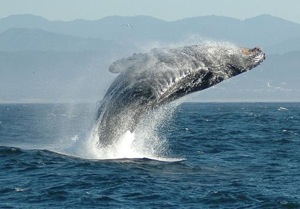Rolling, Flying, and SMILE-ing
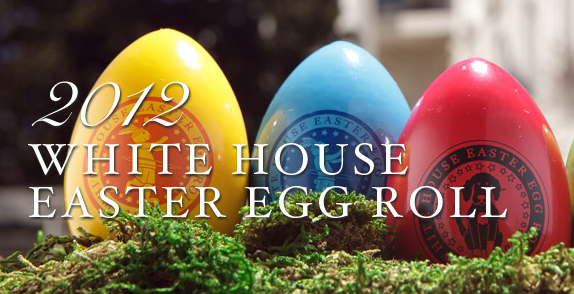
Susan Hildreth, Institute of Museum and Library Services Director, blogged about STEM fun at the 2012 White House Easter Egg Roll, and about the new Let's Move! activity search engine created by Howtosmile.org for the IMLS Let's Move! Museums and Gardens initiative. The search engine includes hundreds of SMILE activities that get learners out of their chairs and moving while they're learning about STEM.

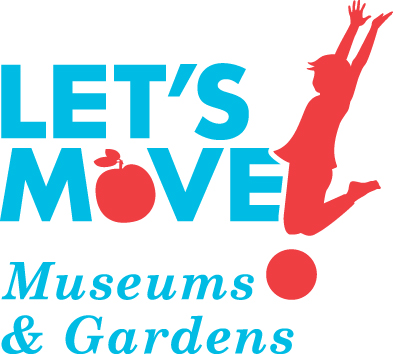
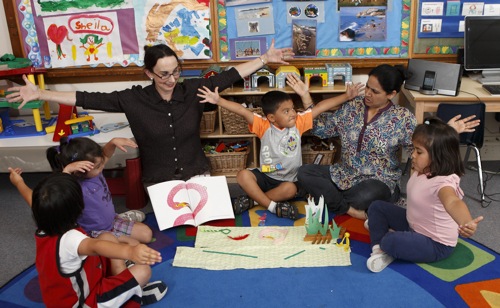 Teaching Artists from the
Teaching Artists from the 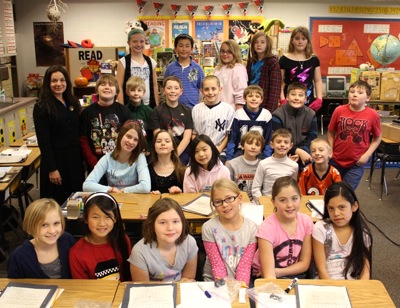 The class from Bozeman, Montana won a nationwide contest to name the twin spacecraft, which are part of the
The class from Bozeman, Montana won a nationwide contest to name the twin spacecraft, which are part of the 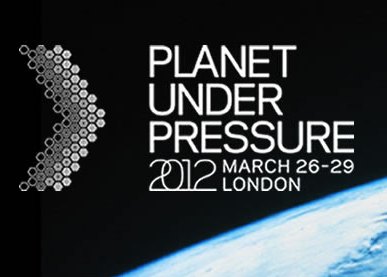
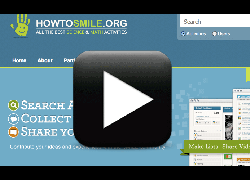
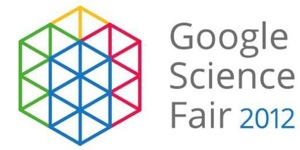
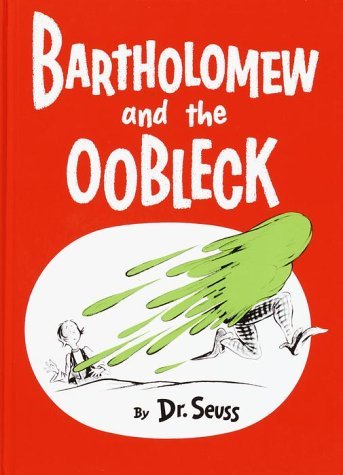 Get your hands-on science, and your hands on a book, for
Get your hands-on science, and your hands on a book, for 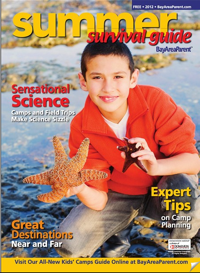 Thinking about summer already?
Thinking about summer already? 